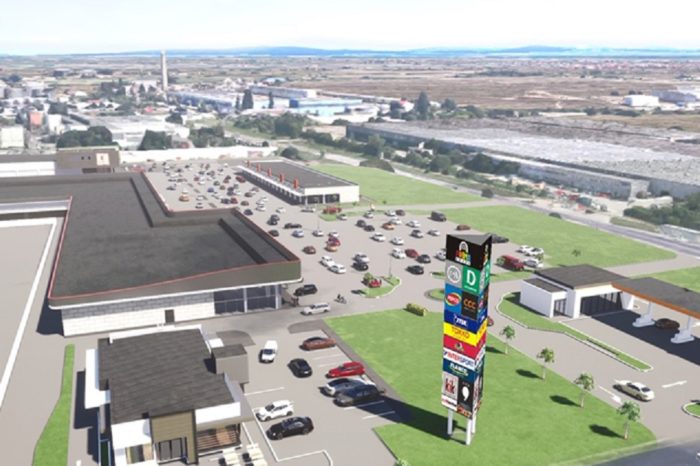EY Romania sectorial analysis: Yields expected by investors show moderate optimism in the market, amid concerns about new virus mutations

In most economic sectors in Romania, the yields expected by investors did not show significant fluctuations in the second quarter of 2021, compared to the first part of this year.
The cost of capital followed a relatively stable evolution in the second quarter of 2021, following the slightly upward trend recorded in the first part of the year, according to the EY Romania sector analysis. The evolution of yields demanded by investors is still influenced by the trend of the main macroeconomic indicators, in the context of an extended local consumer demand that followed the third pandemic wave.
Thus, a significant contribution to the advance of consumption in the second quarter of the year had long-term goods, car sales, but also complementary goods such as fuel. In the first part of the year, macroeconomic developments exceeded investors’ expectations, with the reopening of the world’s two largest economies: the US and China.
In this context, the expected returns did not register major fluctuations for most of the industries analyzed in the second quarter of the current year, the expectations of economic recovery being already incorporated in the values of the previous quarter.
The quarterly analysis of the market value of the companies is based on the financial data available at the end of the second quarter of 2021, recently published by the listed companies from the 10 main sectors in Romania: consumer and consumer goods, energy, financial services , medical services, industrial products, information technology, raw materials, real estate and telecommunications services.
“The positive outlook generated by the economic recovery, coupled with rising vaccination rates in the region, has been tempered by concerns about new SARS CoV-2 changes in the second quarter of 2021. Investors’ expected returns have remained stable amid uncertainties about the evolution of the pandemic situation. Inflationary pressures remain a feature of the current macroeconomic environment, in the context of sustained increases in fuel or electricity and natural gas prices, which have spread at global commodity prices,” said Ileana Guțu, Associate Partner and Coordinator of the department of Evaluation, financial modeling and economic analysis, EY Romania.
While the expected returns of investors in the IT sector fell to a level similar to the end of the previous year, the financial sector returned to an upward slope. The highest volatility of the cost of capital in the last 4 quarters is noticeable in the IT sector. Both in the second quarter of 2021 and in the last 5 years analyzed, the sectors whose yields continue to register low values and have a relatively constant evolution remain those of raw materials and industrial products, as well as that of energy and of telecommunications.
The trend of financial multipliers varies between the analyzed industries, compared to the increasing evolution maintained in early 2021 In the first part of 2021, the upward trend in financial multipliers, supported by the growth of stock markets, was mainly generated by investors ‘expectations regarding the improvement of companies’ performance. The uncertain environment, determined globally by the progress of vaccination campaigns, the emergence of new viral mutations and the increase in the number of diseases, in the second quarter tempered the prospects for a complete reopening of the economy during 2021.
However, government efforts and of central savings banks continue to generate opportunities that companies are prepared to take advantage of. The sectors whose financial multipliers increased in the second half of this year are consumer goods and real estate – dynamic industries, exposed to the uncertainty caused by the Covid-19 crisis, which have the potential to benefit from the relaxation of restrictive measures imposed to combat the pandemic. The relaxation of access to bank financing, the development of the industrial-logistics segment with the rise of online sales, as well as the recovery of lending activity have contributed to the development of the real estate area, leading to favorable prospects this year.
Expectations of economic recovery were exceeded in the first quarter of the year, the advance of the Gross Domestic Product registering a quarterly rate of 2.8% which also positively influenced the multipliers related to the financial sector.
“The medical segment remains dynamic. The significant increase in financial multipliers at the beginning of the year was followed by an average decrease of 20% in the second quarter of this year. Low values of financial multipliers were also observed in the IT sector, being noticed a decreasing trend in the second quarter of 2021”, concludes Ileana Guțu.
The sector analysis tool is developed by the Valuation, Modeling and Economics (VME) Evaluation, Economic Analysis and Modeling Team within the Strategy and Transactions department of EY Romania, and the sector analysis can be accessed in the EY website section Valuation Insights, the database being updated quarterly.


















